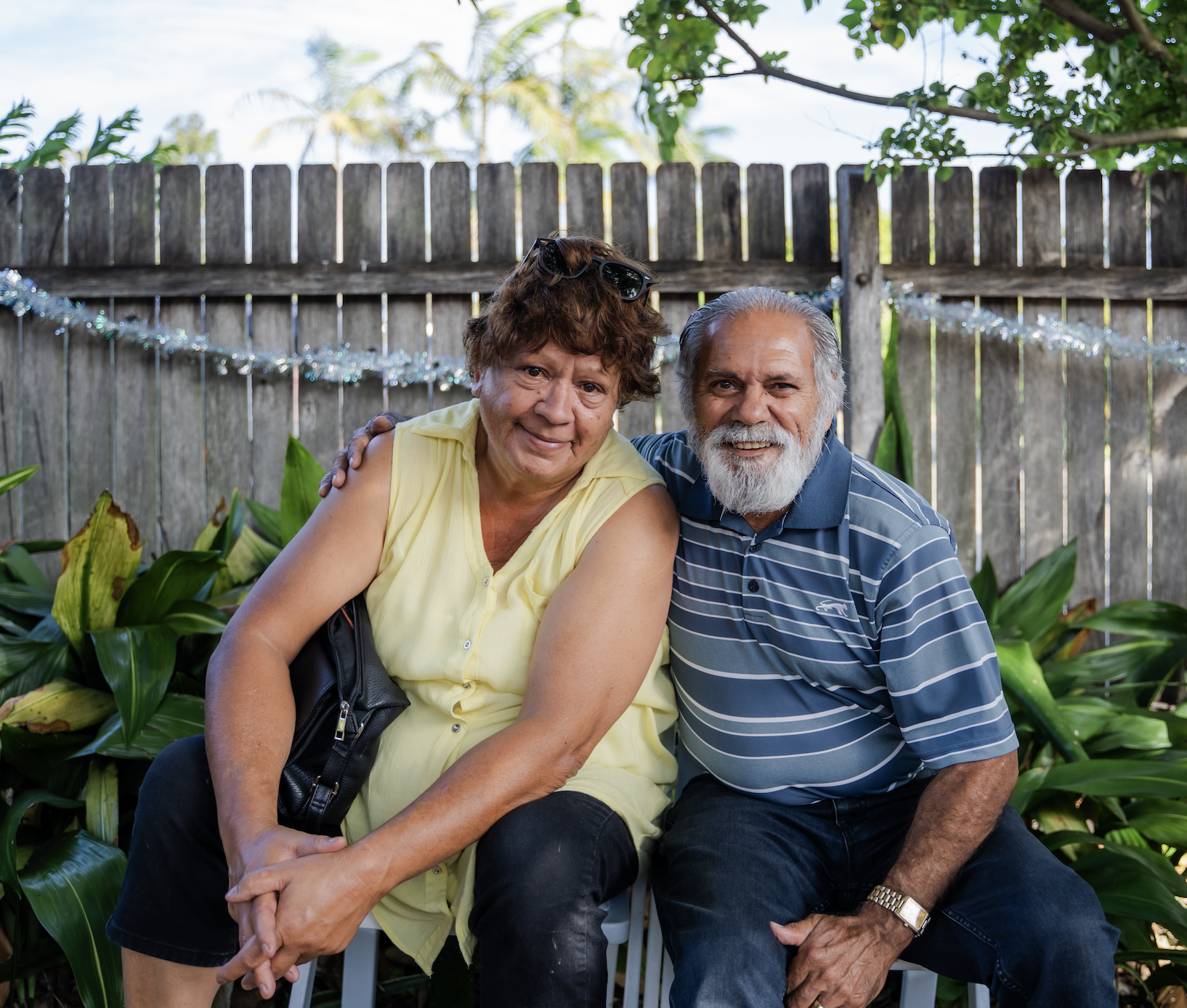Resources & News
Welcome to our resources page. We will endeavour to bring you relevant updates, news, and important information within the disability industry.
Testimonials
Hear from our dedicated clients and families about their transformative journeys here with us at The Chrysalis Group. These stories highlight the success achieved when interventions are truly tailored to the individual’s needs and goals.
Greg and Donna’s Journey To A New Life!
Listen to Greg and Donna's journey as they share their transformative experience with their 20-year-old son, Kyan. Through person-centred interventions and a dedicated team hear how their family are living a whole new life! We are so proud to be part of their journey, witnessing the remarkable transformation we know is possible!
Trudy Gets Her Confidence Back!
Trudy shares her personal experiences of how play therapy supported not just her son Cooper who was experiencing big meltdowns, but the whole family. Trudy shares her experience of getting a late diagnosis of Autism and how that influences her experiences and relationships. She discovers that both herself and her son having Autism has brought them closer.
Quick-Read BlogS
We understand the diverse ways of receiving and processing information. Check out our quick-read blogs, full of insights for those looking for a fast, informative read.
-
Prevention: Identify potential triggers and implement strategies to prevent crises from occurring.
Recognition: Recognise early signs of distress or agitation to intervene before the situation escalates. This requires awareness of individual cues and behaviours that indicate increasing distress.
De-escalation: If a crisis occurs or is imminent, use de-escalation techniques to help the individual regain control.
Assessment: Conduct an assessment to understand the nature of the crisis and the individual's current state. This can help determine the most appropriate response.
Intervention: Implement strategies to address the crisis and ensure the safety of the individual and others.
Post-Crisis Support: After the crisis has been resolved, provide support and debriefing to prevent future crises.
Documentation: Document the crisis, including what happened, how it was managed, and any follow-up actions taken. This information can be valuable for future planning and intervention.
Follow-up: Follow up with the individual and other stakeholders to ensure that the crisis has been resolved and that appropriate support is in place moving forward.
-
Increased Frequency or Severity: If behaviours are becoming more frequent or severe despite efforts to address them.
Safety Concerns: If the behaviours pose a risk to the safety of the individual or others.
The Complexity of Behaviours: If the behaviours are complex or require specialised knowledge to address effectively.
Impact on Wellbeing & Quality of Life: If the behaviours are significantly impacting the individual's quality of life or ability to participate in daily activities.
Increased Stress: If managing the behaviours is causing increased stress or burnout for caregivers or support staff.
Changes in Environment: If there are changes in the individual's environment (e.g., transition to a new school or living arrangement) that may require adjustments to the PBS plan.
-
Stay Calm: Model calmness and composure to help de-escalate the situation. Your demeanour can influence the individual's response.
Use Nonverbal Cues: Use gentle gestures or body language to convey understanding and support. Avoid gestures that may escalate the situation.
Validate Feelings: Acknowledge the individual's feelings without judgment. Let them know it's okay to feel upset but not okay to harm themselves or others.
Offer Choices: Provide choices to empower the individual and give them a sense of control. For example, "Would you like to take a break or talk about it?"
Redirect Attention: Redirect the individual's focus to a calming activity or object, such as deep breathing, a stress ball, or a favourite toy.
Use Positive Language: Use positive and supportive language to encourage cooperation and positive behaviour.
Set Clear Boundaries: Reinforce boundaries calmly and consistently. Let the individual know what behaviour is acceptable and what is not.
Ensure Safety: Prioritise safety for everyone involved. If necessary, remove the individual from the situation to a safe space.
Seek Support: If the situation escalates or you feel overwhelmed, seek assistance from another trained professional or caregiver.
Reflect and Debrief: After the incident, reflect on what strategies were effective and what could be improved. Debrief with the individual if appropriate to discuss what happened and how to prevent similar situations in the future.
-
Communicate Openly: Discuss your needs, preferences, and concerns with your support network and SIL provider.
Visit Potential Homes: Take the time to visit different SIL accommodations to find the right fit for your needs.
Create a Transition Plan: Work with your support team to create a detailed plan outlining the steps involved in the transition process.
Pack Comforts: Pack essential items and personal belongings that will help you feel comfortable and at home in your new environment.
Establish a Routine: Set up a daily routine that includes self-care and other important tasks.
Build Relationships: Get to know your support workers and housemates to build a sense of community and support.
Organisation is Key: Keep track of important documents, schedules, and contacts to ensure a smooth transition.
Seek Support: Don't hesitate to reach out to your support network or SIL provider if you need assistance or have questions during the transition process.
-
Personalised Support Plans: SIL providers create individualised support plans tailored to the specific needs and goals of each NDIS participant.
Skill-Building Programs: They offer skill-building programs to enhance independence in daily living tasks, such as cooking, cleaning, and personal care.
Access to Community Resources: SIL providers help participants access community resources and services that support independent living, such as transportation, social activities, and healthcare.
Emotional Support: They provide emotional support and encouragement to help participants navigate challenges and build confidence.
Collaborative Approach: SIL providers work collaboratively with participants, their families, and other support networks to empower individuals in decision-making and goal-setting.
Continuous Improvement: They continually assess and adjust support plans to ensure they are effective in promoting independence and meeting the evolving needs of participants.
-
Facilitating Social Activities: SIL providers organise and facilitate group activities and outings to promote social interaction and community engagement.
Encouraging Participation: They encourage and support NDIS participants to join community groups, clubs, and events to expand their social networks if that is their goal and interest.
Providing Transportation Assistance: SIL providers may offer transportation services or assist participants in accessing public transportation to attend social activities and events.
Building Community Partnerships: They establish partnerships with local community organisations and businesses to create opportunities for social inclusion for NDIS participants.
Supporting Friendships: SIL providers support participants in developing and maintaining friendships, fostering a sense of belonging and social connection.












